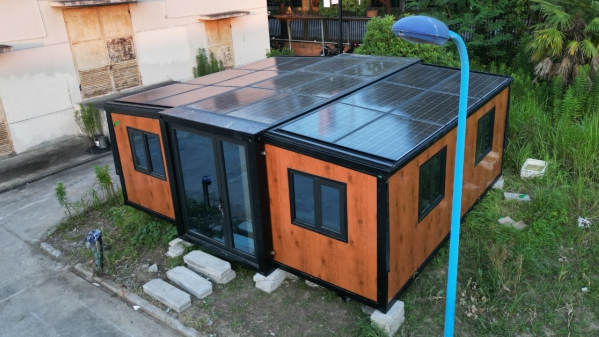
Why are foldable container houses the best solution for disasters?
Nowadays, natural disasters such as bushfires, floods and hurricanes occur frequently, and post-disaster reconstruction often faces challenges such as housing shortages, high costs and slow construction. Folding container houses are rapidly becoming the most effective solution - they can be quickly deployed, have strong disaster resistance, and have flexible space, providing disaster victims with safe and comfortable temporary or permanent housing.
1. Why are folding container houses suitable for post-disaster reconstruction?
✅ Quick deployment, ready for use within 48 hours
Traditional buildings take months or even years to complete, while folding container houses adopt prefabricated modular design, which is manufactured in advance by the factory. After the disaster, they only need to be transported to the site and unfolded, and can be moved in as soon as 24-48 hours.
✅ Strong disaster resistance and adaptability to extreme climates
Natural disasters occur frequently in Australia. Folding container houses use reinforced steel structures + fireproof and moisture-proof materials, which have the following features:
✔ Strong wind resistance
✔ Fireproof
✔ Flood prevention
✅ Economical and efficient, with a cost of only 30% of traditional buildings
Post-disaster funds are limited, and mass production + rapid installation of folding container houses greatly reduces costs. They are reusable and can be recycled or converted into permanent housing after the disaster.
✅ Flexible space, customizable as needed
Single room (20㎡, suitable for 1-2 people)
Family unit (40-60㎡, 2-4 rooms)
Community combination (schools, medical stations, public kitchens, etc.)
2. Future prospects: smarter and more sustainable post-disaster housing
With technological advances, future folding container houses may integrate:
🔹 Solar energy + energy storage system (off-grid power supply)
🔹 Rainwater collection and purification (to solve water use in arid areas)
🔹 Modular medical unit (remote diagnosis and treatment + emergency facilities)
